A well-organized office is essential for productivity and focus. Whether you work in a corporate setting or a home office, creating a clutter-free, functional space can make your workday more efficient and enjoyable. Here’s how to organize your office and maintain it long-term.
Step 1: Declutter Your Workspace
Start by removing everything from your desk, drawers, and shelves. Evaluate each item:

- Keep: Essential items you use daily.
- Store: Items used occasionally but still necessary.
- Discard: Anything broken, outdated, or no longer useful.
Sort paperwork into categories (e.g., to-do, file, shred) and tackle digital clutter by organizing files on your computer.
Step 2: Optimize Your Desk Setup
Your desk is the heart of your office. Keep it functional and tidy:
Leave some blank space for writing or reviewing documents.
Limit desktop items to essentials like a computer, notepad, pen holder, and a small plant or photo for personalization.
Use trays or organizers for small items like paper clips and sticky notes.
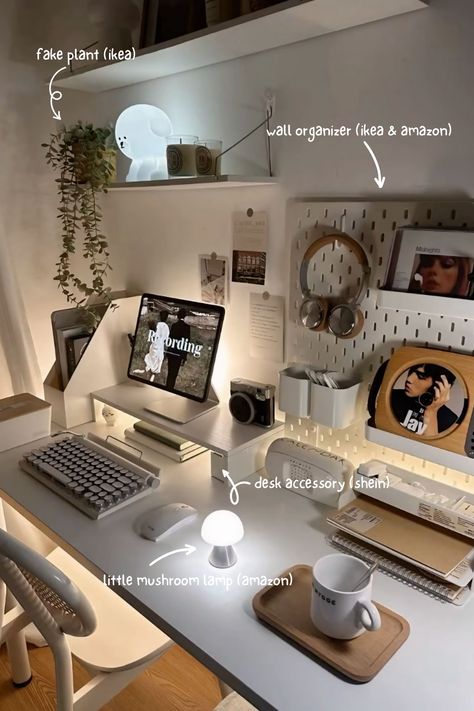
Step 3: Create Storage Solutions
Maximize storage while keeping everything accessible:
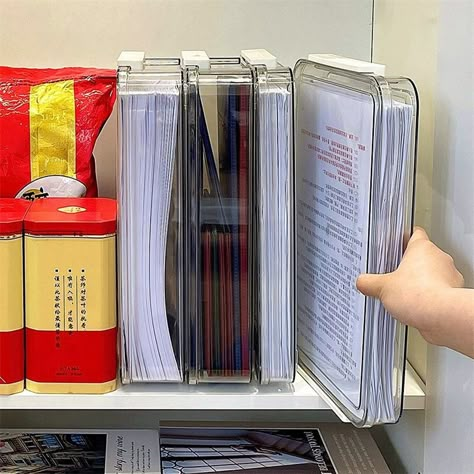
Filing Systems: Invest in file cabinets or binders to organize paperwork by category.
Vertical Space: Install shelves or wall-mounted organizers to store books, binders, or decor.
Drawers: Use dividers to separate office supplies like pens, scissors, and chargers.
Hidden Storage: Use rolling carts or bins under the desk for items you don’t need daily.
Step 4: Manage Cables & Electronics
Messy cables can make even the most organized office feel chaotic. Keep them under control:
Label cords for easy identification.
Use cable organizers or clips to group wires neatly.
Consider wireless devices to reduce cable clutter.
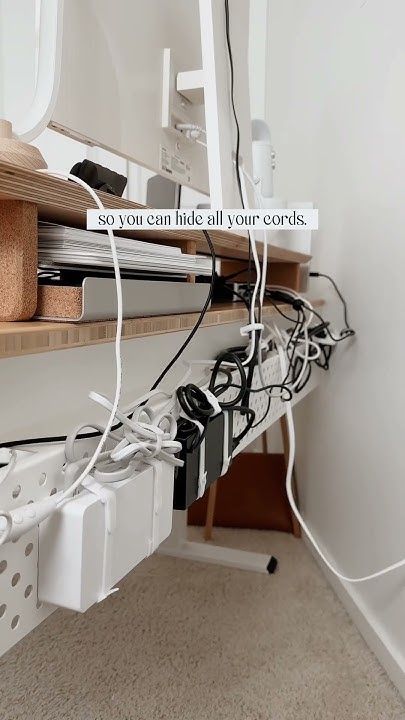
Step 5: Organize Shared Spaces
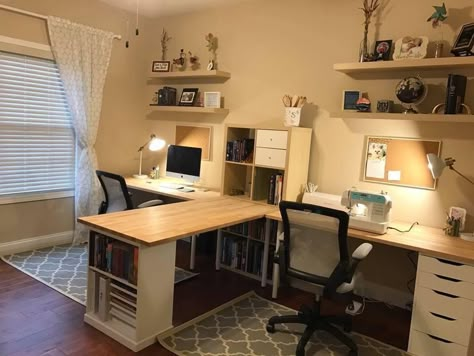
If you share your office with others:
Use labels on bins and shelves to ensure everything is returned to its proper place.
Designate zones for specific tasks (e.g., workstations, supply storage).
Keep commonly used items like printers and paper within easy reach of everyone.
Step 6: Incorporate Organizational Tools
The right tools can make staying organized easier:
Apps: Use tools like Trello or Google Calendar to manage digital tasks.
Desktop Organizers: Keep small items contained.
Inboxes/Outboxes: Separate incoming and outgoing paperwork.
Label Maker: Clearly mark shelves, bins, and files.
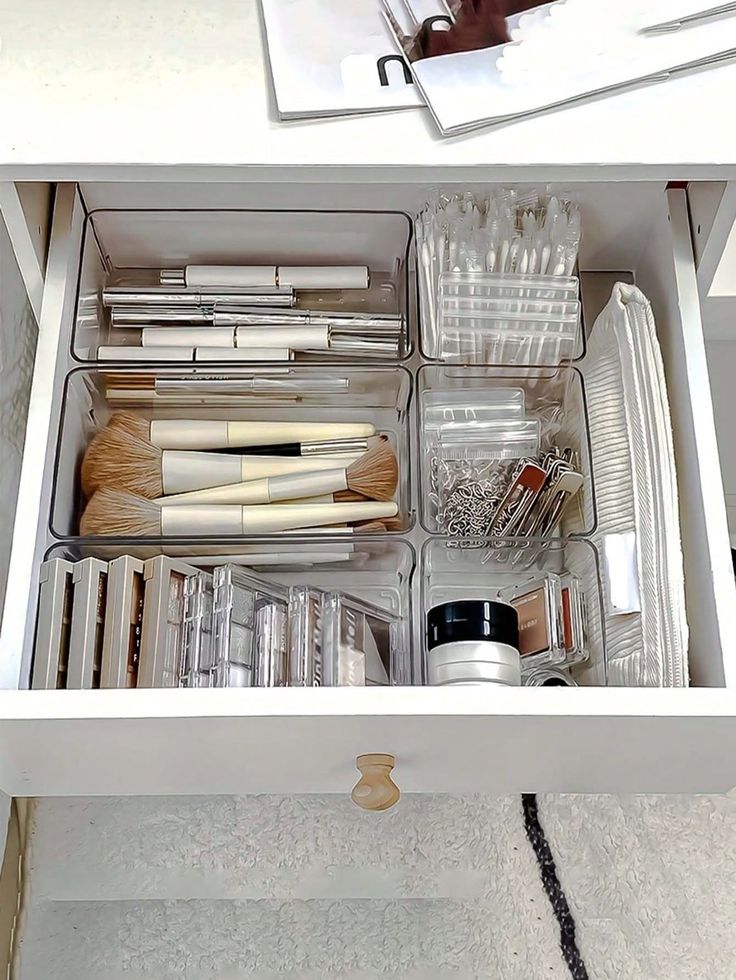
Step 7: Add Personal Touches
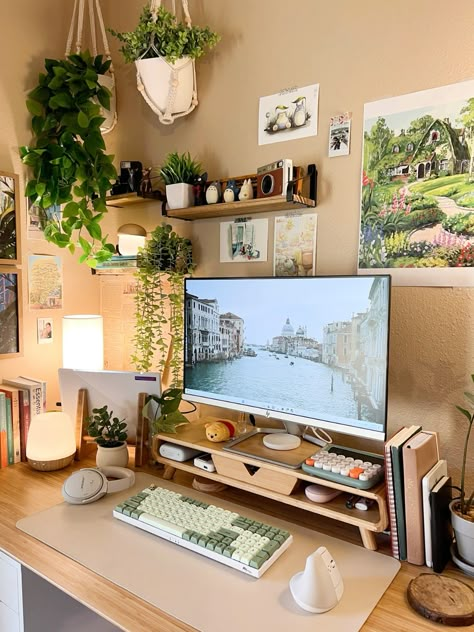
An organized office doesn’t have to be sterile. Add elements that inspire creativity and comfort:
Choose matching storage containers in colors that complement your décor.
Display art prints or motivational quotes on the walls.
Add greenery with low-maintenance plants like succulents or pothos.
Step 8: Maintain Your Office
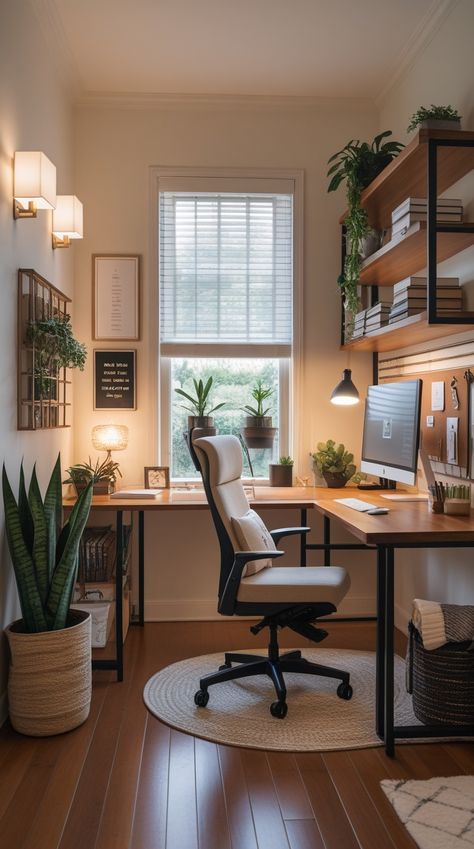
Consistency is key to keeping your office organized:
Monthly Review: Reassess storage systems and eliminate anything that’s no longer needed.
Daily Cleanup: Spend 5–10 minutes at the end of each day tidying up your desk and returning items to their designated spots.
Weekly Reset: Dedicate time each week to declutter surfaces, sort paperwork, and restock supplies.
Thank you for tuning in to this week’s blog post. Want more? Find more tips below:
Follow us on social media @ThePersonalHelpers

